Transcription of TEACHERS’ MANUAL
1 Republic of Namibia MINISTRY OF EDUCATION junior PRIMARY PHASE INTEGRATED PLANNING MANUAL For the implementation 2015 TEACHERS MANUAL GRADE 2 Ministry of Education National Institute for Educational Development (NIED) Private Bag 2034 Okahandja Namibia Copyright NIED, Ministry of Education, 2014 Integrated Planning MANUAL : Grade 1 ISBN: 978-99945-2-000-8 Printed by NIED Website: Revision date: 2014 3 Table of Contents Introduction .. 4 Section 1: Theory .. 6 (1) What is Integration .. 6 (2) Why Integrate? .. 9 (3) How to Integrate .. 11 (4) Evaluation and Assessment.
2 14 (5) Learning Support and Multi-Grade 17 Section 2: Planning .. 18 (1) Long-term/Year Plans .. 18 (2) Schemes of Work .. 22 (3) Lesson Plans .. 51 Section 3 : Resources .. 65 (1)Literacy Resources .. 65 Stories ..66 Songs, Poems and Counting Games ..78 (2) Terminology .. 80 (3) Methodologies .. 84 (4) Other/Progression Documents ..106 4 ACKNOWLEDGEMENTS This MANUAL was developed under the auspices of the National Institute for Educational Development (NIED). The following people are acknowledged: Alina Niipare SEO junior Primary - NIED Susan Somers VSO volunteer junior Primary Advisor NIED junior Primary Co-Group junior primary panel members 5 INTRODUCTION Learning should promote the growth and development of each and every learner both as an individual and as a member of the society.
3 Working with young learners is essential for laying a solid foundation for learning throughout the formal education system. If the foundation is properly laid, learners will be well prepared to continue their learning at the higher levels. This in turn prepares learners for fuller participation in their society. The junior Primary teacher has a major role to play in promoting the holistic development of young learners. What is the purpose of the MANUAL ? When you buy new electrical or electronic equipment, the supplier will give you a MANUAL which will teach you, step by step, how to assemble and operate or use the equipment to give you maximum qualitative use.
4 Equally, this MANUAL will help teachers use the curriculum to plan and deliver a quality learning experience in their classrooms. Thus, the MANUAL aims to support teachers in using an integrated approach to planning and teaching in junior Primary classrooms. Teachers should use this MANUAL as support material. Some of the examples could be used as they are, while others could serve as a guideline for teachers to design and develop their own ideas. Teachers need to be creative and innovative in their planning. This MANUAL does not replace any previous document and teachers will still need to refer to the Curriculum document, their syllabus guides and all other resources available to them.
5 This MANUAL is not intended as an answer to all questions on teaching, but to be used to support teachers planning. What is in the MANUAL ? There are three sections in this MANUAL . The first section provides theoretical information on integration. Section 2 gives examples of how a year s work can be planned in an integrated manner. Section 3 includes resources and explains the terminology and strategies used. The structure is as follows: 6 Section 1: Theory 1. What is Integration? (Integrated planning, teaching and learning, timing/timetabling) 2. Why Integrate? (Development domains, holistic and child-centred approaches, benefits of integration) 3.
6 How to intergrate (The six steps involved in integrated planning and teaching) 4. Evaluation and Assessment (Self-evaluation, continuous assessment, the purpose of assessment) 5. Learning Support and Multi-grade Teaching (What is Learning Support and advice to teachers of multi-grade classes) Section 2: Planning 1. Long-term/Yearly Plan (What are long-term plans? A sample year plan for Grade 2) 2. Scheme of Work (The different subjects within the Scheme; full scheme of work for three terms/20 topics) 3. Lesson Plans (How to structure a two-part lesson plan; a sample lesson plan) Section 3: Resources 1.
7 Literacy Resources (Details of sample songs, stories, poems, rhymes, games, etc, referenced in the MANUAL ) 2. Terminology (Glossary of terms and terminology used in the MANUAL ) 3. Methodology (Explanation of methodologies/strategies mentioned in the MANUAL ) Other/Progression Documents (Sample yearly sight words/phonics progression used in the MANUAL ) 7 SECTION 1: THEORY Integration is a key word in both planning and teaching. It is an approach to teaching and learning that is based on both philosophy and practicality. It involves purposefully drawing together knowledge, skills, attitudes and values from within or across subject areas to develop a more powerful understanding of key ideas.
8 Integration occurs when components of the curriculum are connected and related in meaningful ways by both the students and teachers. Most simply put, it is a way of planning, teaching and learning, whereby many areas or subjects of the curriculum are connected, often under a single theme or topic. Integration is not a new method of organising instruction. Educators first explored the concept of integrating curriculum in the 1890s. Over the years, there have been numerous educational researchers, such as Susan Drake, Heidi Hayes Jacobs, James Beane and Gordon Vars, who have described various interpretations of curriculum integration, referring to the curriculum as interwoven, connected, thematic, interdisciplinary, multidisciplinary, correlated, linked and holistic.
9 Some educators, such as, Robin Fogarty, go beyond a single definition of curriculum integration and view it instead as a For the purpose of this MANUAL , the key word is integration and what we are concerned with is linking and connecting subject areas in the curriculum, particularly under the themes of the Environmental Studies syllabus. Integrated Planning This is planning schemes of work and individual lessons in a way that integrates and links the different areas of the curriculum. Successful integration is almost always planned and usually needs to be done well in advance although sometimes integration will happen by co-incidence and on the spur of the moment.
10 To plan in an integrated manner teachers must have an open and creative attitude when approaching the task. They need to be familiar with the curriculum content and areas. They could brainstorm and come up with links between areas 1 Primary Programs Framework Curriculum Integration: Making Connections Alberta Education, Alberta, Canada 8 of the curriculum and develop these into schemes of work and lesson plans. However they must also be careful to cover all the areas of the curriculum during the year (which will mean that not everything will be integrated or linked but still needs to be taught).
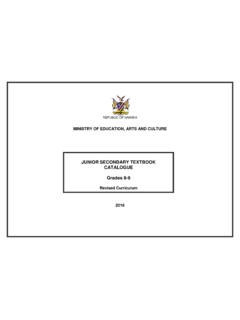
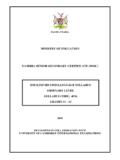
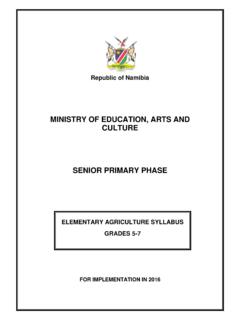
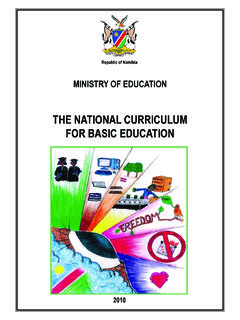
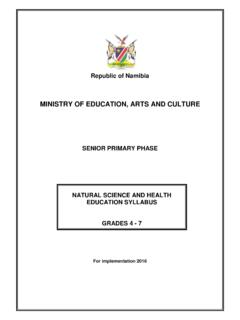

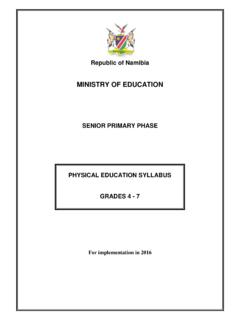

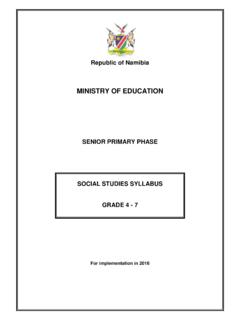
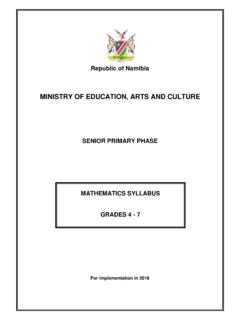
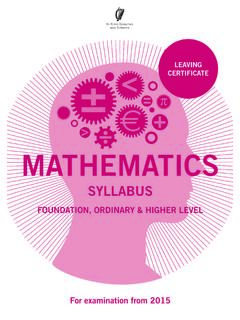
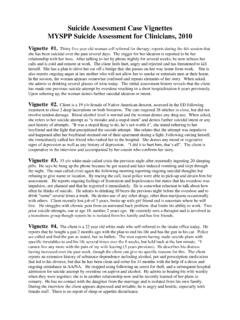

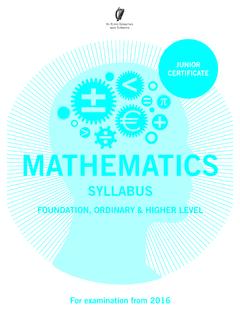

![DELF-DALF 2021 Timetable [IE]](/cache/preview/f/b/b/7/a/d/d/9/thumb-fbb7add975241ff637fb08465f603afd.jpg)


